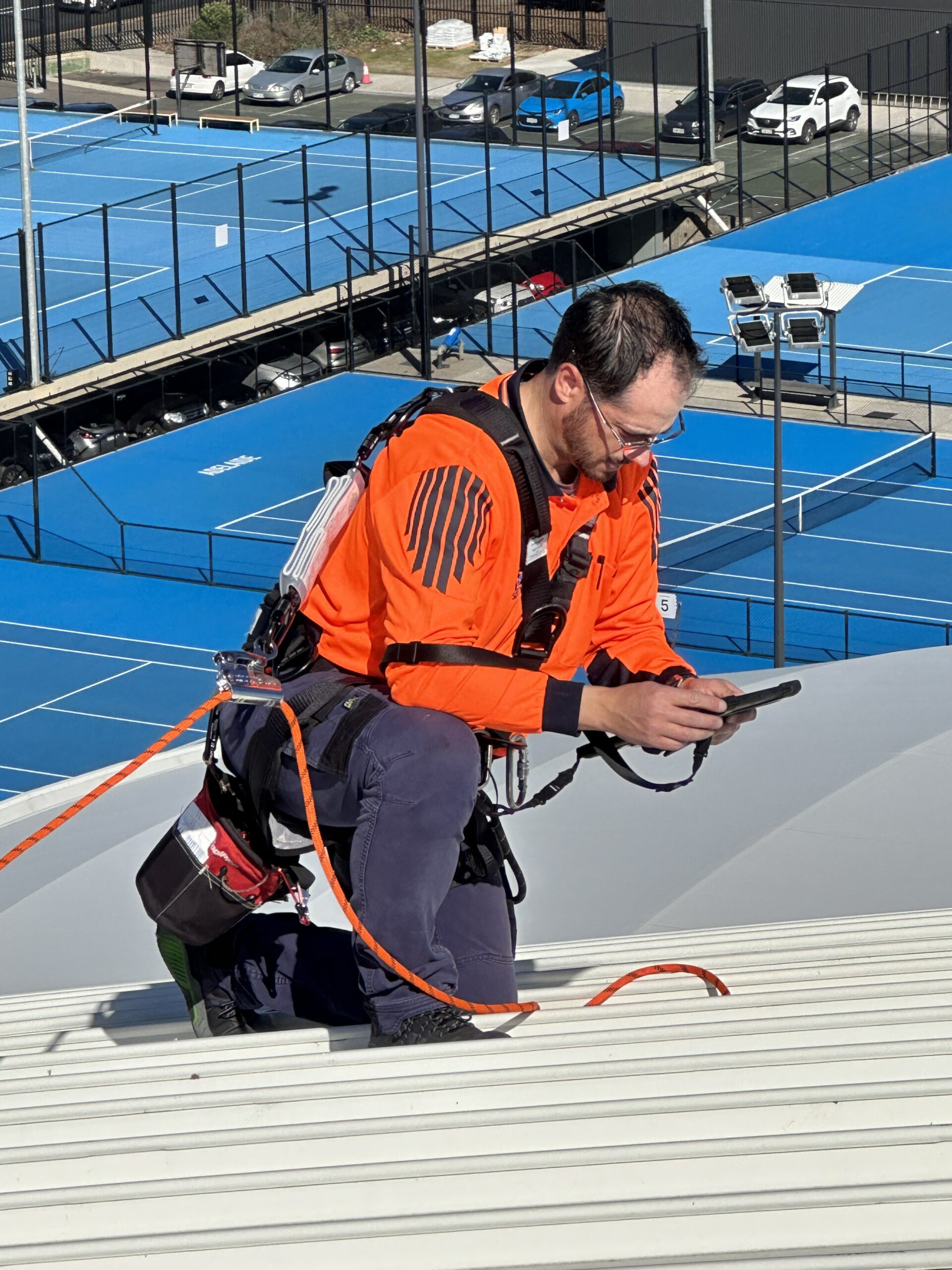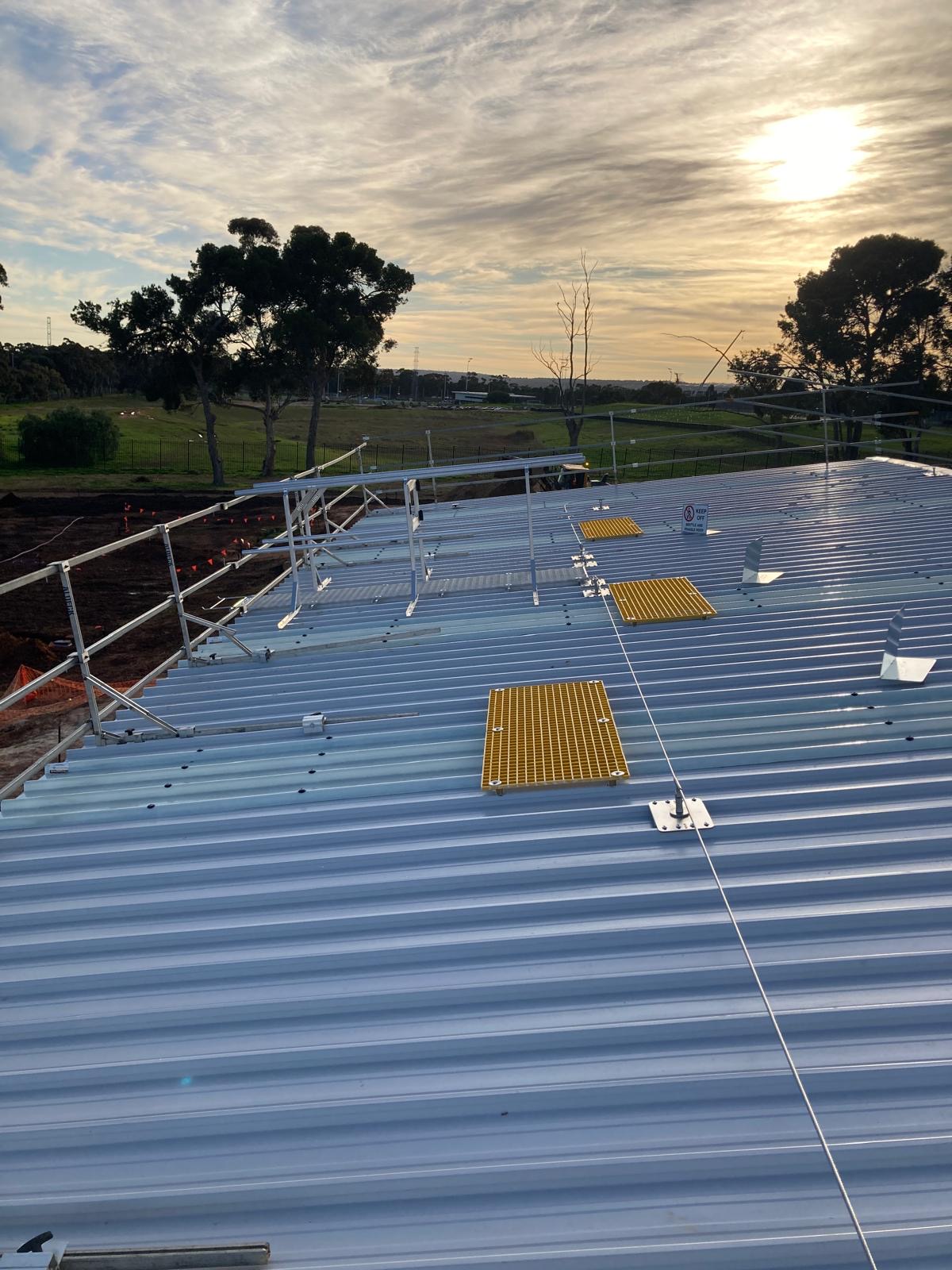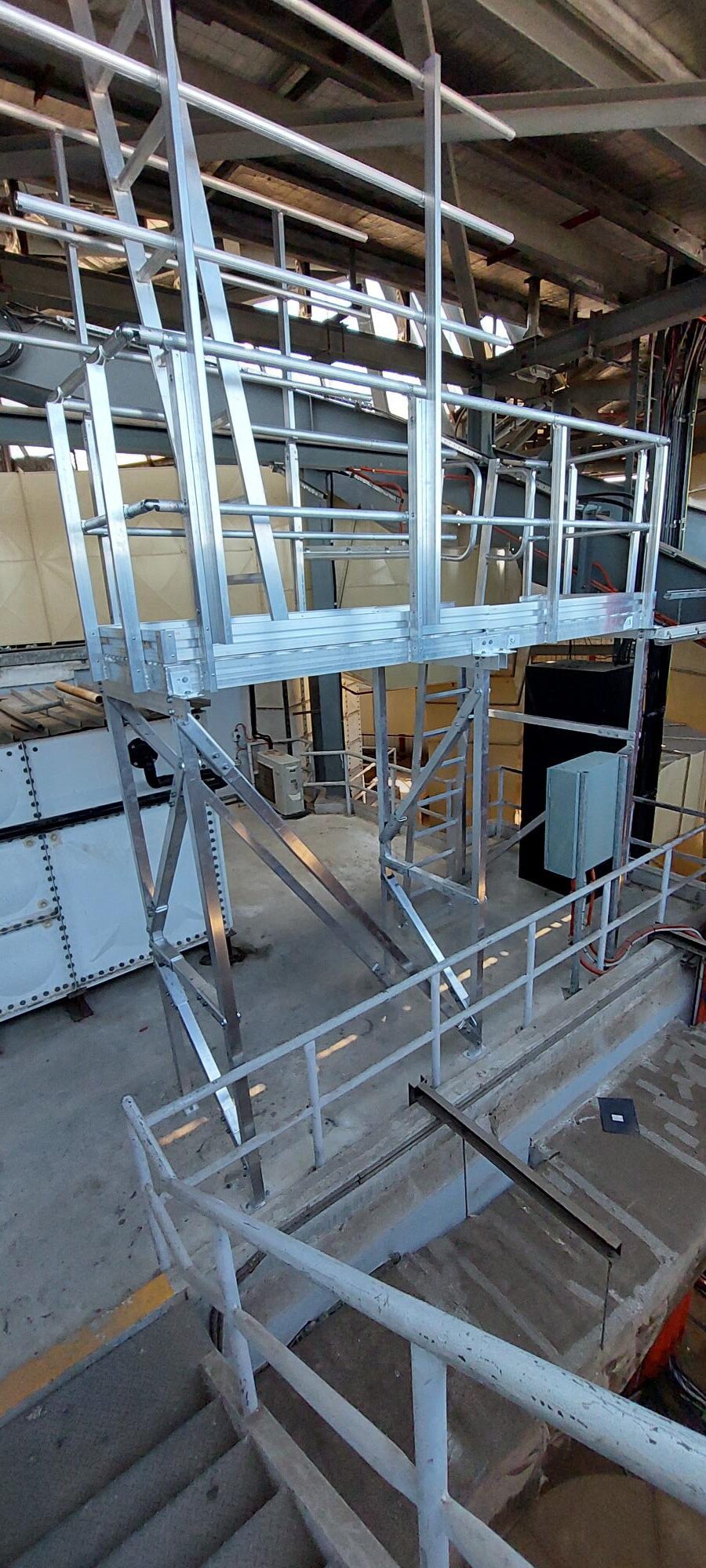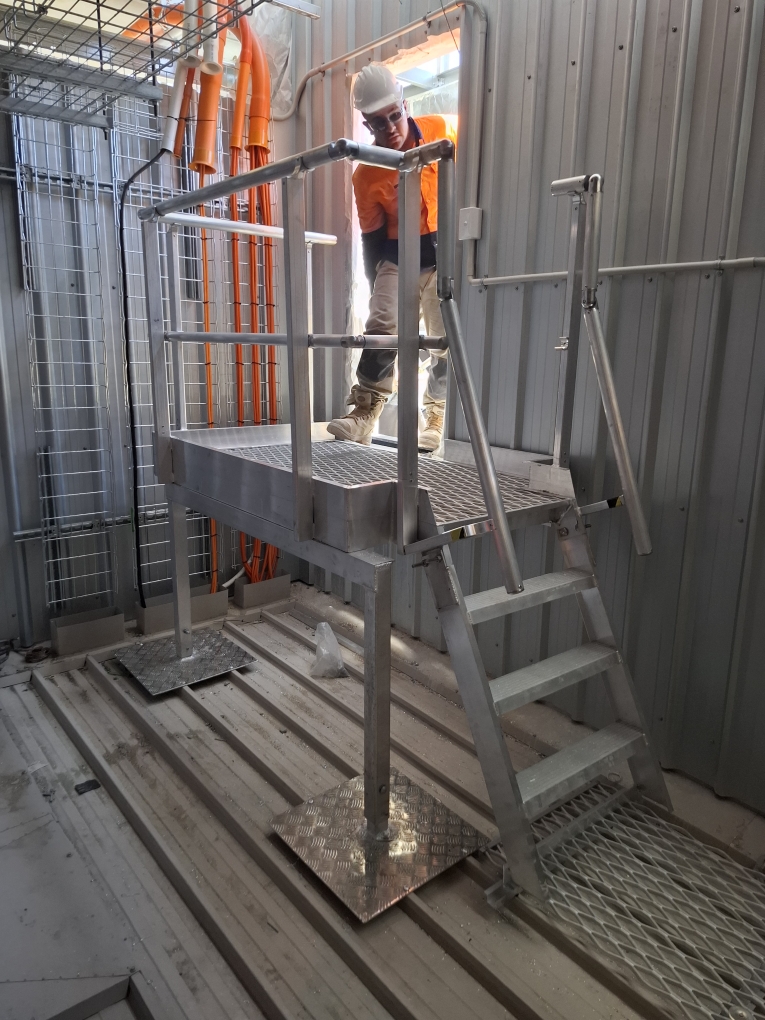Height safety system compliance inspections are a critical component of the Australian regulatory landscape for businesses that undertake working at heights.
You may think keeping workers and end users safe is a given, especially in Australia with its strict work health and safety laws. After all, employers have a duty of care to ensure worker safety, and with the economic impact of workplace accidents, you would imagine that every business is doing all they can to be compliant.
Shockingly, that’s not the case. We often hear of businesses and rogue operators cutting corners, using PPE not fit for purpose, failing to have documentation for safety systems, or straight up ignoring laws and regulations. People’s lives depend on height safety compliance.
RISSafety is different. We not only comply to our industry’s stringent hierarchy of control but work with you ensure that your business is adhering to height safety compliance. Here’s how.
Understanding the risks
Working at height, whether in HVAC installation, telecommunication or oil and gas industries, or in any other situation where workers are at risk from a fall in the workplace inherently carries significant risks. Falls from height remain a leading cause of workplace fatalities and serious injuries in Australia.
As well as human suffering, accidents incur substantial financial costs for businesses, including compensation claims, legal fees and lost productivity. According to Safe Work Australia, work-related injuries cost an estimated $28.6 billion annually.
Failing to be compliant can also negatively impact your organisation’s culture and reputation. This damage can be irreversible for companies that pride themselves on creating a culture of safety and collaboration. It can lead to a lack of people wanting to work at your company, or a reduction of partnership opportunities for companies that don’t prioritise compliance.
The purpose of compliance inspections
The purpose of compliance inspections for height safety systems is multifaceted. These regular assessments are designed to identify hazards by uncovering potential dangers before they lead to accidents, including worn, damaged, or non-compliant equipment and inadequate safety measures.
They also ensure compliance by verifying that systems adhere to Australian Standards and workplace health and safety regulations, as non-compliance can result in unsafe workplaces and hefty penalties.
Compliance inspections can extend PPE equipment life by promoting regular maintenance, ensuring investment in this equipment is prolonged.
Compliance Inspections significantly reduce the likelihood of accidents and injuries by addressing issues promptly, effectively mitigating risks. This proactive approach also helps reduce operational costs by preventing accidents and their associated expenses.
Maybe most importantly, compliance inspections demonstrate a commitment to safety, signalling to employees and regulators alike that the organisation prioritises worker well-being and regulatory adherence, fostering a culture of safety.
The benefits of compliance
Beyond ensuring safety, compliance inspections offer numerous advantages. They are cost-effective, as preventing accidents is far more economical than managing their aftermath.
Additionally, a safe work environment improves productivity by boosting employee morale and reducing downtime caused by injuries.
Compliance inspections provide legal protection by serving as evidence of due diligence in the event of accidents or legal disputes, demonstrating that the organisation has met its duty of care under legislation.
Compliance inspections – what to know
An essential aspect of compliance best practices is maintaining accurate record-keeping. Detailed records of all inspections, repairs, and maintenance activities should be meticulously kept. This practice not only ensures accountability but also provides valuable reference material for future inspections and audits. Comprehensive documentation can help identify patterns or recurring issues, allowing for more proactive maintenance and safety measures.
The following is a guide to inspection expectations:
- Regular inspections: All height safety equipment must undergo regular inspections, typically every 6 to 12 months. The exact frequency depends on the type of equipment and its usage.
- Competent inspectors: Compliance Inspections must be conducted by trained and competent personnel.
- Documentation: Detailed records of inspections must be maintained by duty holder, including any defects or repairs.
- Compliance with Standards: Equipment must comply with relevant Australian Standards (AS/NZS) and workplace health and safety regulations.
The specific inspection intervals for different types of equipment varies but includes:
- Harnesses, lanyards, and ropes: Typically require inspection every six months.
- Anchor points: Usually inspected annually.*
- Static line systems: Typically inspected annually.*
- Fall arrest devices: Require both regular inspections and periodic proof load testing
- Systems such as handrails, walkways, gantries, stairs, etc are determined by the manufacturer
* Subject to local regulations
While there’s no universal lifespan, height safety equipment made from natural or synthetic materials has a maximum lifespan of 10 years. However, factors like usage and maintenance can significantly reduce this.
Best practices for compliance in Australia
A comprehensive inspection program is crucial for ensuring height safety compliance. This involves establishing a structured program that clearly outlines inspection frequency, assigns responsibilities to specific personnel, and defines documentation requirements. This systematic approach maintains safety standards and helps prevent oversights in inspection routines.
Experienced, trained compliance inspection technicians help ensure your organisation maintains compliance. These inspections should be conducted by personnel with specialised training and expertise in height safety.
Our technicians use a comprehensive digital solution to complete compliance inspections in the field, and have real-time access to all reference materials and documentation, the history of assets on your site, and everything they need to enable them to prepare specific reports relevant to your sites. Their knowledge and experience enable them to identify potential hazards and ensure that all safety equipment and procedures meet the required standards.
Acting promptly on findings is critical to maintaining a safe working environment. Any issues identified during inspections should be immediately addressed to prevent hazards from escalating. This proactive approach demonstrates a commitment to safety and helps mitigate risks before they can lead to accidents or injuries.
Remember, the cost of an inspection is significantly lower than the potential consequences of an accident.
When working at heights, your safety standards can’t be compromised. Make sure you choose height safety inspectors with the right accreditations, extensive experience, availability when you need them, and rigorous reporting practices. Contact us today.



